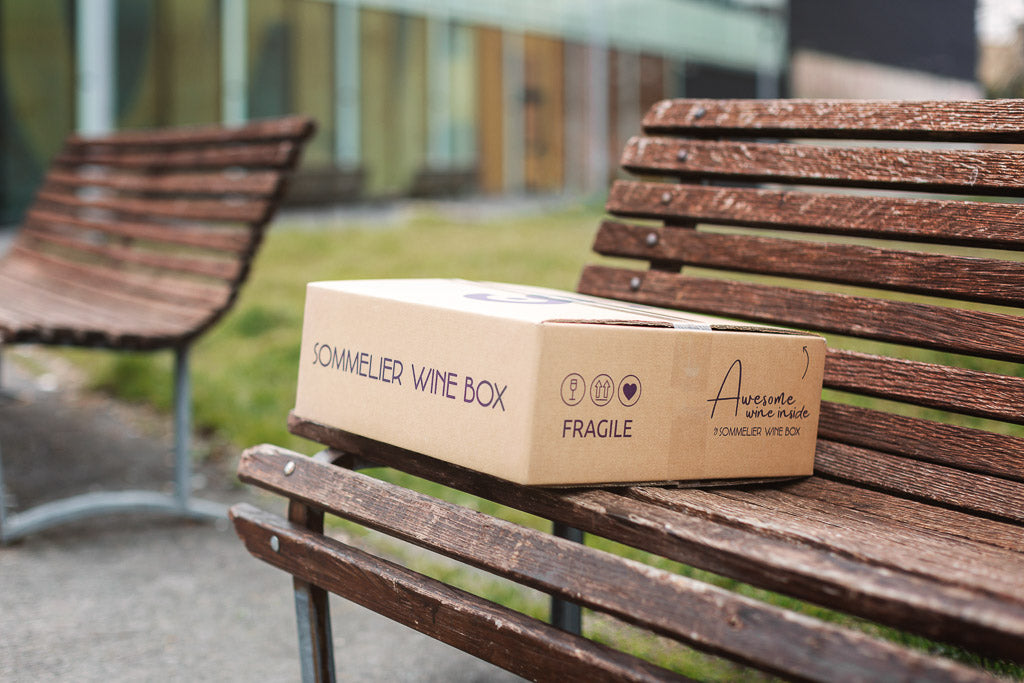It is not easy to orient yourself among the defects of wine: the sommelier identifies many of them, according to a very specific lexicon, which at times risks appearing to be for the initiated few. But this is not the case, because the pleasure of wine must be for everyone.
The defects of the wine nullify the efforts made by the winemaker in the vineyard and in the cellar: it is good to know them and be ready to recognize them to truly understand what is in the glass.
The olfactory defects of wine, in 10 + 1 points
- The most common unpleasant odor is that of cork (due to a fungus), which we talked about in a dedicated article .
- The very unpleasant smell of mold (or soggy) is caused by bacteria that can develop in wooden barrels or may be due to unhealthy grapes.
- That of lees derives from the prolonged contact of the wine with the lees (the residues that are deposited after fermentation), while that of pomace occurs when the wine remains in contact for too long with the solid parts of the grape (skins, seeds , possibly stems).
- If you notice a dry, dusty and unpleasant woody smell, the barrels may have been left empty for too long.
- Once again from the barrels, this time not properly sanitized, the smell of horse (or Brett-flavour), acrid and deep, can come. In this case a yeast (Brettanomyces) found a home in the barrels.
- The almost total absence of perfumes is defined as a vanished smell: it is a defect due to the wine's prolonged exposure to air.
- You get the smell of oxidation (commonly called "marsalato") if the wine has had excessive oxidation, in fact.
- The smell of reduction is legendary, especially in wines aged for a long time in the bottle (in an environment without oxygen): it is a "closed" or "rubbish" smell, which however can vanish after aeration if the wine has a good structure. . Technically, it is a defect opposite to that of oxidation.
- The smell of garlic is due to compounds called mercaptans, while the smell of earth is due to the attack of the grapes by botrytis, mold and other species of bacteria at the same time.
- The smell of sulfur is due to too much sulfur dioxide. Here too, if the problem is not serious, the smell of sulfur dioxide can disappear with airing.
- The smell of rotten eggs, however, is irrecoverable.
For lovers of the genre, we can go further, given that the horizon of wine defects is even more boundless and there are others: the smell of rubber , soap , onion , cauliflower , cooked (now very rare because due to pasteurization no longer practiced). And finally there is also a defect called " light ", caused by excessive exposure to light sources after bottling. It involves the loss of color and aroma and the appearance of sulphurous odors, similar to those of onion and garlic.
Having understood the defects of the wine, which nullify the efforts made by the winemaker in the vineyard, it must always be remembered that it is not absolute stylistic perfection that creates the goodness of a wine. But the expression of terroir , that is, of that magical mix between nature, human intelligence and experimentation.




